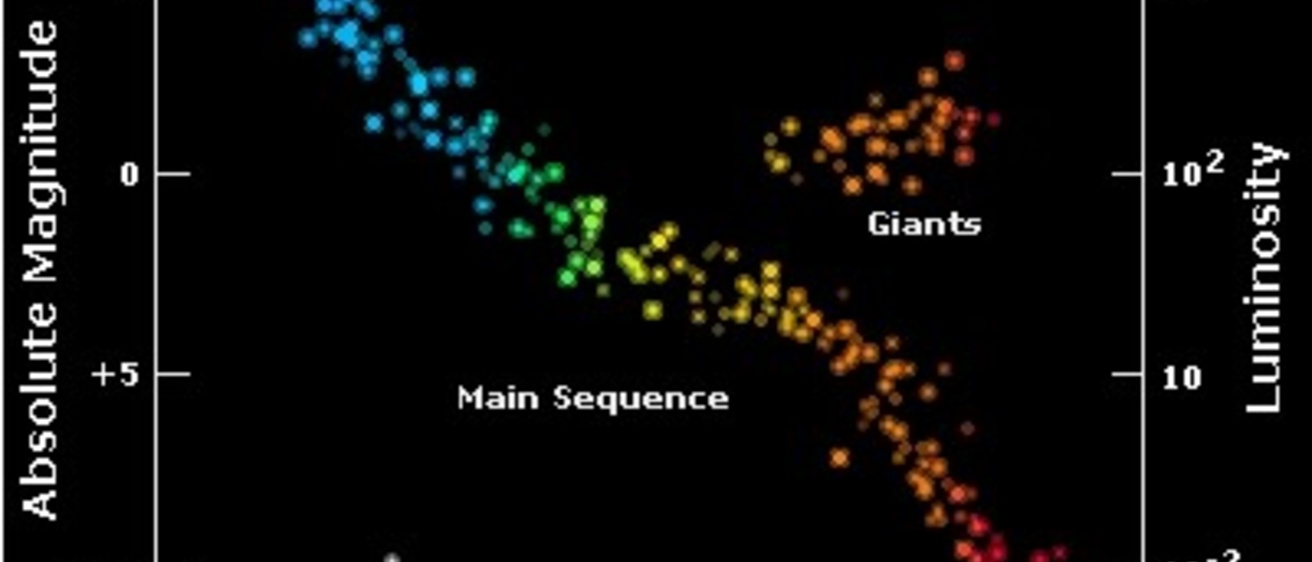The color of a star can be found from its color index, which is just its difference in magnitude when imaged using different colored filters. For example, a star's blue-green color index is its blue (B) filter magnitude minus its green (G) filter magnitude. Astronomers also call the green filter a visual (V) filter, since it corresponds to the middle of the human visual range. Here is an equation for finding approximate surface temperature of a star using its blue-green color index:
